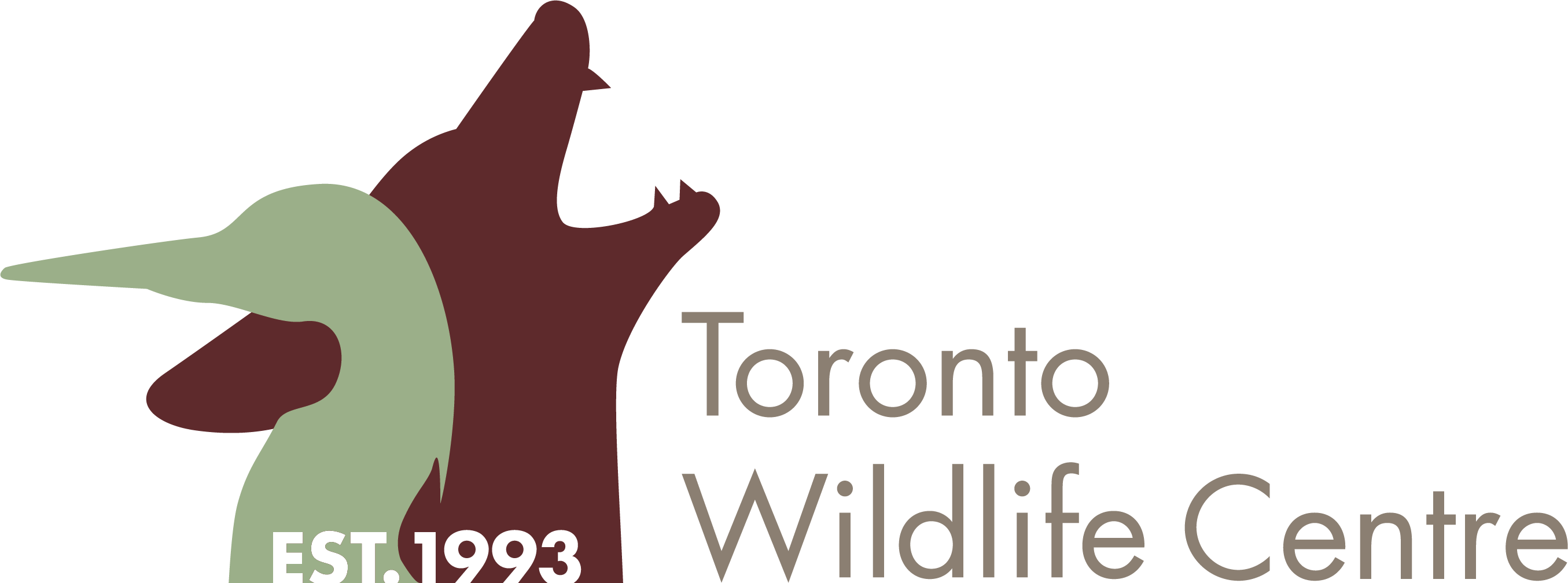In the spring, sightings of an uninjured goose hanging around an area means that the bird has (or will soon have) a nest in the area.
Canada geese often nest in seemingly strange areas—backyards with barking dogs, on cement islands in the middle of parking lots, and in courtyards frequented by crowds of children. These flat areas have good visibility that lets birds see predators coming, and usually are within a few kilometers of a water source.
Leave nests alone
Nests already containing eggs should be left alone until the eggs have hatched. They cannot be relocated without orphaning the unhatched young, and are also federally protected from interference under the Migratory Bird Act.
Be patient and the geese will leave
The nesting process is a relatively short one—the parents will incubate the eggs for 3-4 weeks, after which point they will walk their hatched babies away from the nesting area (and toward the closest water source) on foot. This process may seem dangerous but is part of the normal development for these species.
Geese know what they’re doing
A frequent concern in these cases is that there is no water nearby. However, goose families have proven observers wrong on this point time after time. These birds choose their nest sites based on proximity to water, and they can walk 3 or 4 kilometres from the nest site to get there. Some goose families successfully raise their goslings in soccer fields, hydro corridors, or even on grassy parking lot dividers.
Learn more about Canada geese
The Humane Society of the United States (HSUS) website provides a lot of information about managing conflicts with geese, and has print materials available on resolving human-goose conflicts.

